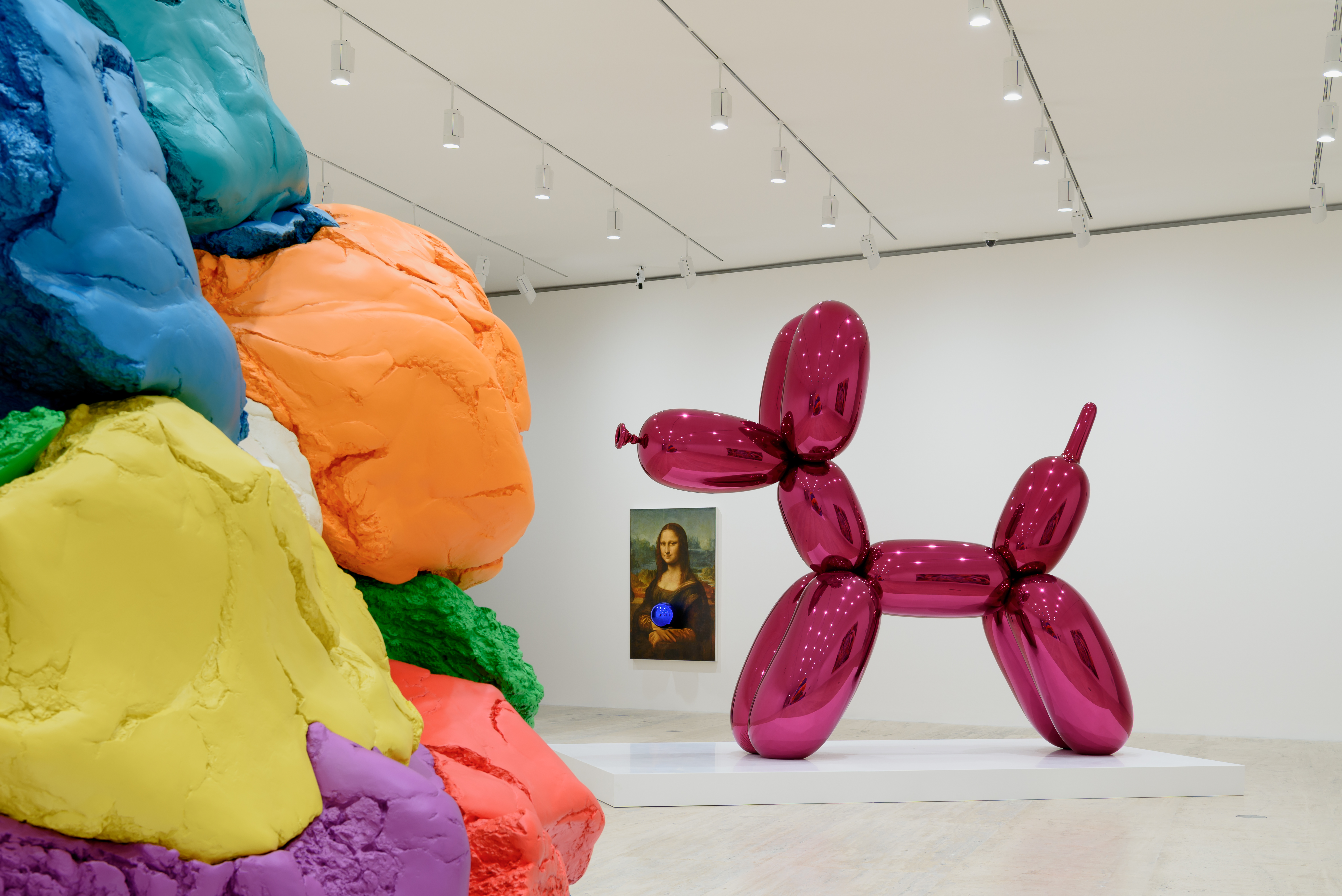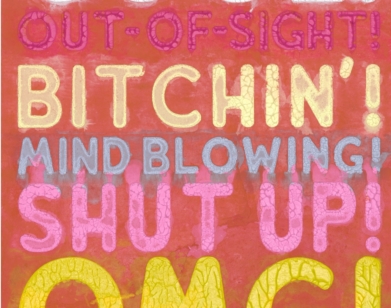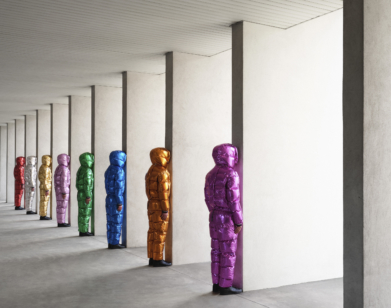Getting Objectum-Sexual in Mexico with Jeff Koons and Marcel Duchamp

Photo by Moritz Bernoully.
This past May marked the opening of the “Appearance Stripped Bare: Desire and the Object in the Work of Marcel Duchamp and Jeff Koons,” a landmark exhibition at the Jumex Museum in Mexico City. The show, which features an unprecedented number of works by each artist, takes a text by Duchamp on the subject of shop windows as its conceptual core, analyzing the desirous surface where objects are encased just beyond our reach. This shared interest in the sexual presence of things is not only what binds together the two artists; it is the connective tissue of our consumerist society itself. We spoke with the exhibition’s curator, the New Museum Artistic Director Massimiliano Gioni, to learn more.
———
THOM BETTRIDGE: How did the whole idea for this exhibition coalesce in the first place?
MASSIMILIANO GIONI: Jumex and Eugenio Lopez asked me to do a Koons show, and I had been thinking about Koons in relation to Duchamp for a while. It’s not a particularly original idea, many other people have written about it, but when then Eugenio asked me if I want to do this Koons show, I kind of doubled down and said, “Why don’t we do a Koons Duchamp show?” I really wanted to put a lot of work in it to demonstrate the relationships and the connections, and so early on I knew that the deeper connection was the question of the readymade, and the question of the object, and particularly what objects meant at the beginning of the 20th century, and what they mean today. It has to do with what I call an “erotics of things,” which is a description I borrowed from [the art historian] David Joselit.
BETTRIDGE: It’s interesting to think of Jeff Koons in terms of the readymade, but in essence what he does is make readymades into more extreme versions of themselves.
GIONI: It’s a replica of a replica, in a sense. And of course all that is happening in the ’80s or ’90s, when there were also discussions around the idea of the simulacrum. Another very important element of the exhibition was this note that Duchamp writes in 1913, but releases much later, about this strange sexual experience of looking at objects behind a pane of glass in a shop window. And Duchamp poses this question to all of us: What happens when we are confronted by objects we want that we cannot get?
BETTRIDGE: Which is sort of the mechanics of how desire operates.
GIONI: And Duchamp says if you break the glass and you satisfy that, you are condemning yourself to not satisfying it, in a sense. The satisfaction is actually the loss of desire itself. And those themes are very present in Koons, whose work in a sense transforms all the sculptures into shop windows.
BETTRIDGE: In the past couple of decades, Duchamp has emerged as kind of the magnetic center of art history in the 20th century, but it wasn’t always like that. What do you think it says about our present that we have become so preoccupied with Duchamp?
GIONI: I think the writer Helen Molesworth is very revelatory in how she looks at Duchamp in the context of early 20th century commodity culture: the explosion of the department store, and all that transformation, which seems prophetic now. Duchamp is the artist of choice, in a sense. He was the one who understood that choice would be, for better or worse, all we will be doing in the future. Maybe that’s also what Koons’s work is about, that kind of algorithmic economy in which we live in, where your choices influence your next choices. Because on Amazon, for example, our desires are anticipated to the point that you don’t even have to choose anymore. The digital age is expressed in the fact that we don’t work, but our life is work. And our choices are work. And even the way we express or perform labor is just through choice, in a blurring between what work is and what pleasure is.
BETTRIDGE: What’s funny is that it almost feels like art took a while to catch up to what Duchamp was saying. Because throughout 60s and 70s conceptualism, you have this very purist, abstract, and anti-consumerist mode of art-making. Then with Koons and the Picture Generation, you see these questions that Duchamp—and, of course, Warhol—were addressing come up in a major way again.
GIONI: What I love about Koons’s reading of Duchamp is this idea of acceptance of the world as it is. I always thought that Duchamp’s work was the result of a strong act of volition. It’s like, “I’m such an artist that I can even tell you what art is.” And instead, in Koons’s reading, there is this more passive idea, which is almost zen, that through acceptance the world becomes richer. If you are capable of accepting the world in its banality and in its meaninglessness, everything will become more beautiful.






